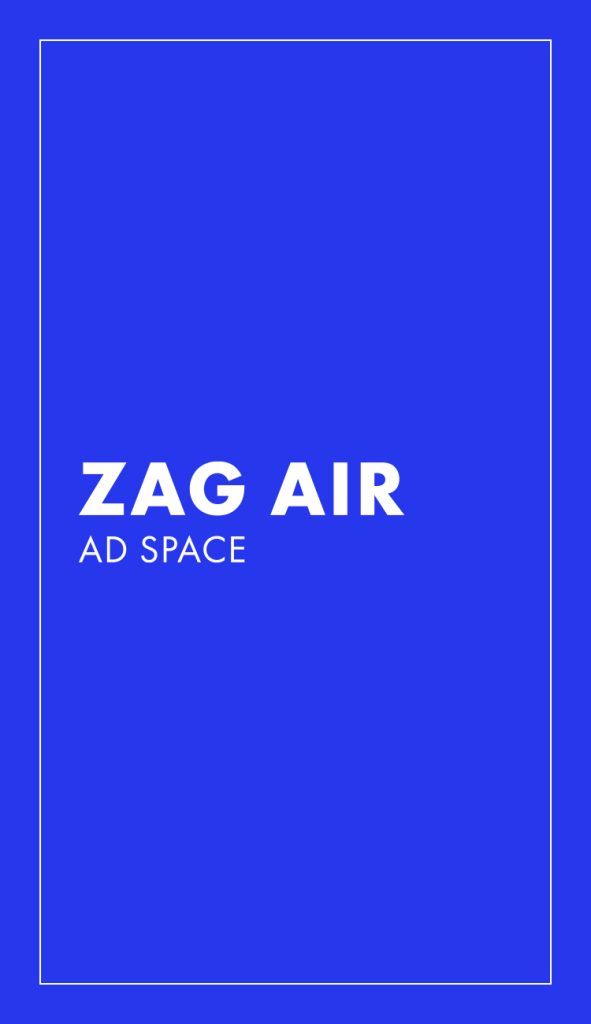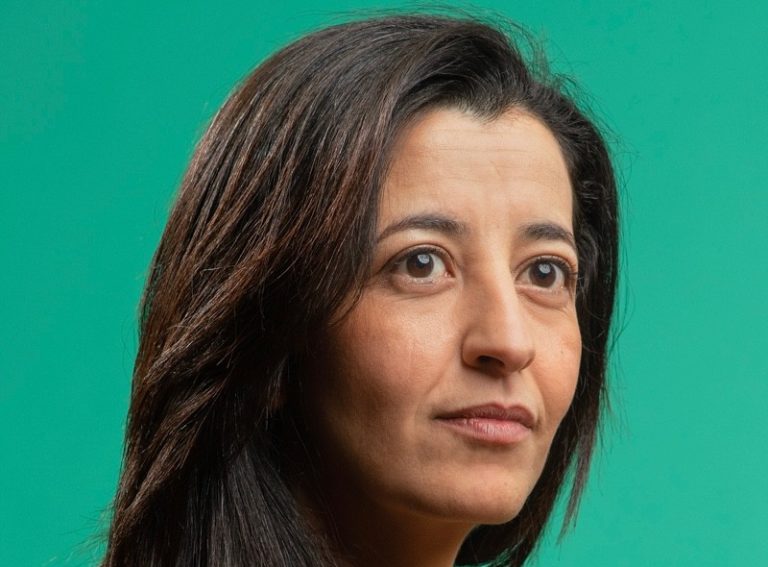Austria’s FlyNow Aviation is developing a family of eCopters consisting of single, twin seater and cargo versions.
The aircraft will automatically travel on pre-defined aerial routes, touching down on rooftop vertiports.
FlyNow Co-founder Yvonne Winter speaks with Zag for #2 of our new Radar Series tracking the leading advanced air mobility players on their journey to reshape the sustainable air industry.
Zag Daily: What makes your eVTOL different from all the rest?
Yvonne: “Do you know NASA’s Ingenuity Helicopter which made history by achieving the first powered flight on Mars? This configuration is a very unique configuration as it has a coaxial-rotor system with a tilting head mechanism. This is the most efficient system out there and we share the same configuration with our eCopter. We also don’t need a tail rotor which normal helicopters have and this typically takes 30% off the efficiency.”

Zag Daily: Will the eCopter mainly be used as an air taxi service?
Yvonne: “This will be one of the main use cases, yes. We chose to design single and twin seater versions because if you use an air taxi to commute to your work in the morning for instance, you don’t want to wait until three or four other guests are there for the ride. If you order an Uber or a taxi, you usually go by yourself or with a partner and if there are four people, you can take two twin seat eCopters. Our price will then match that of an Uber ride e.g. in Munich. It will have a 30 minute flight time from its 50 kilometer range, plus an extra 25 kilometers for safety reasons. The vehicle’s footprint is also only seven square metres, which means we can land almost anywhere, on any rooftop, on any mountain, or any disaster area. The use case we start with is cargo and by automatically charging, loading and unloading as well as automatically flying we bring significant value for logistic applications and offer a seamless integration into existing logistic chains. A further advantage is that the noise level of only 55 db(A) in an altitude of 150 meters which is the sound level of a dishwasher.”
Zag Daily: I understand that there will be no pilot on board and the flight will be automated. How will this work in practice?
Yvonne: “Yes the eCopter will operate on pre-programmed, auto-piloted routes or SkyRoads. Air traffic control, meaning the government, will give a dedicated tunnel in the sky where the vehicle needs to stay. When it takes off, air traffic control will observe the flight and it will also be controlled by the ground station, which is Air Traffic Management. Thirdly, the vehicle is pre-programmed on its route so even if the connectivity to the ground station fails, it continues flying on its dedicated route.”
Zag Daily: Where do you plan to launch first and can you explain what the Sky Alliance is?
Yvonne: “We are running a large pilot programme next year in Saudi Arabia with all our partners. FlyNow founded the Sky Alliance For Automated Air Mobility (SALAAM) which is an international association with all the necessary stakeholders to deliver a turnkey solution.
“We always face questions from government bodies asking how do we integrate this into the airspace? So we have spent a long time identifying the right partners covering air traffic management, weather data, digital twin, insurance, vertiports and so on, so that we can jointly deliver an turnkey-solution. As part of this we have signed a memorandum of understanding with the National Industrial Development Center and General Authority of Civil Aviation in Saudi Arabia to initiate a comprehensive pilot project. Next year we start with the setup of the assembly plant and we will start the serious production of the cargo version in 2027 with a production of 3000 units in the first year. We will start the first passenger transportation at the end of 2028 and have a roll out plan of a four digit number of vehicles in Riyadh for Expo 2030.”
Zag Daily: What do you think is the main challenge that this industry needs to overcome?
Yvonne: “The first challenge is to have vehicles that are affordable and available for the broad public because otherwise the acceptance is not there. If it’s only a toy for the super rich, most people will be against urban air mobility. The second point is the integration into the airspace. We need to have a system that is highly automated, safe and scalable, otherwise it is not feasible. Third, we need the infrastructure, meaning vertiports where you can land, charging sites and digital connectivity, so the whole setup needs to be developed.”
Zag Daily: Could you tell us one person you would like to spotlight that you feel is fast tracking the development of UAM?
Yvonne: “Dr. Samer Al-Jabari. He is the Executive Chief Advisor Aerospace and Renewable at the National Industrial Development Center which is part of the Ministry of Industry in Saudi Arabia. They are responsible for the alignment of Vision 2030 throughout the different ministries, the coordinating body so to speak, and Dr. Samer knows how to turn a vision into reality. He’s got the technical knowledge as a trained aeronautical engineer, has a long and deep experience in the cooperate world, and now works for the government. He is one of the view people we have engaged with who is capable to really validate and judge the feasibility of different eVTOL configurations and technical applications. He helped me a lot to navigate the ecosystem in the Kingdom of Saudi Arabia and actually the set up of the Sky Alliance was because of his guidance. And this has been a pivotal step, because implementing a new means of transport requires collaboration, collaboration, collaboration.”




